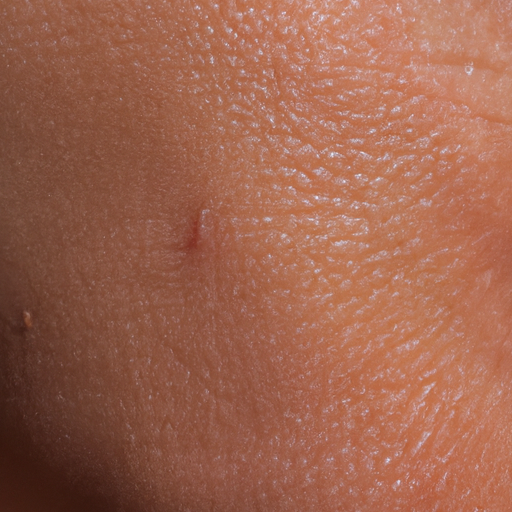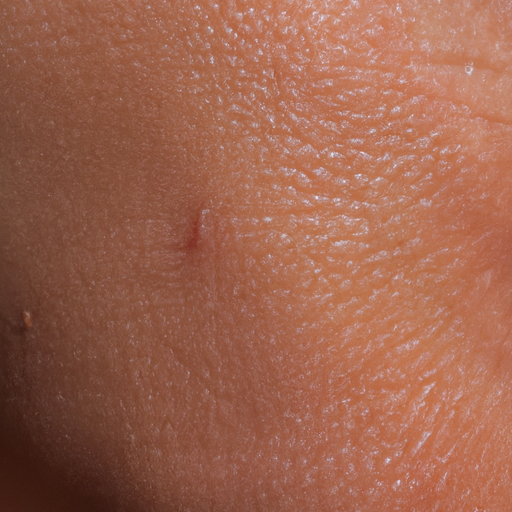As a dermatologist, I encounter a myriad of skin conditions on a daily basis. One of the most common complaints I hear from my patients is about oily skin. This condition, while not harmful, can be frustrating to manage and may lead to other skin problems such as acne and blackheads. It’s essential to understand the causes and symptoms of oily skin to effectively manage it.
Oily skin is characterized by an excess production of sebum, an oily substance produced by the sebaceous glands in the skin. While sebum is necessary for keeping the skin hydrated and healthy, too much of it can lead to an oily appearance and feel, clogged pores, and increased acne breakouts.
There are several factors that can contribute to oily skin. Genetics play a significant role; if your parents have oily skin, you’re more likely to have it too. Hormonal changes, particularly those occurring during puberty, pregnancy, or menstruation, can also stimulate sebum production. Stress and hot, humid weather can exacerbate oiliness as well. Contrary to popular belief, diet has not been conclusively linked to oily skin, although some people report that certain foods seem to trigger oil production.
The use of inappropriate skincare products can also contribute to oily skin. Many people with oily skin make the mistake of using harsh, drying products in an attempt to reduce oiliness. However, this can actually cause the skin to produce more oil in an effort to compensate for the lost moisture. It’s crucial to use products specifically designed for oily skin that balance sebum production without stripping the skin of its natural oils.
The symptoms of oily skin are usually quite noticeable. The skin often appears shiny or greasy, particularly in the T-zone (the forehead, nose, and chin). You may also notice enlarged pores and a thick or rough-looking complexion. Oily skin is also more prone to developing blackheads, whiteheads, and pimples.
While oily skin can be challenging to manage, it’s not all bad news. People with oily skin often have more natural moisture and are less prone to wrinkling and other signs of aging. The key is to find a skincare routine that works for you and helps balance your skin’s oil production.
If you’re struggling with oily skin, it’s important to cleanse your face twice a day with a gentle, oil-free cleanser. Avoid scrubbing your face, which can irritate the skin and stimulate oil production. After cleansing, use an oil-free moisturizer to keep your skin hydrated. You may also want to use a mattifying primer or blotting papers throughout the day to control shine.
In some cases, over-the-counter products may not be enough to manage oily skin. If you’re still struggling with excessive oiliness, acne, or other skin problems, it may be time to see a dermatologist. We can prescribe stronger treatments, such as retinoids or hormonal medications, and provide personalized advice on managing your skin condition.
In conclusion, while oily skin can be frustrating, it’s not insurmountable. By understanding the causes and symptoms of oily skin and adopting an appropriate skincare routine, you can keep your skin looking and feeling its best. Remember, every skin type has its strengths and challenges – the key is to embrace your unique complexion and care for it in the best way possible.




